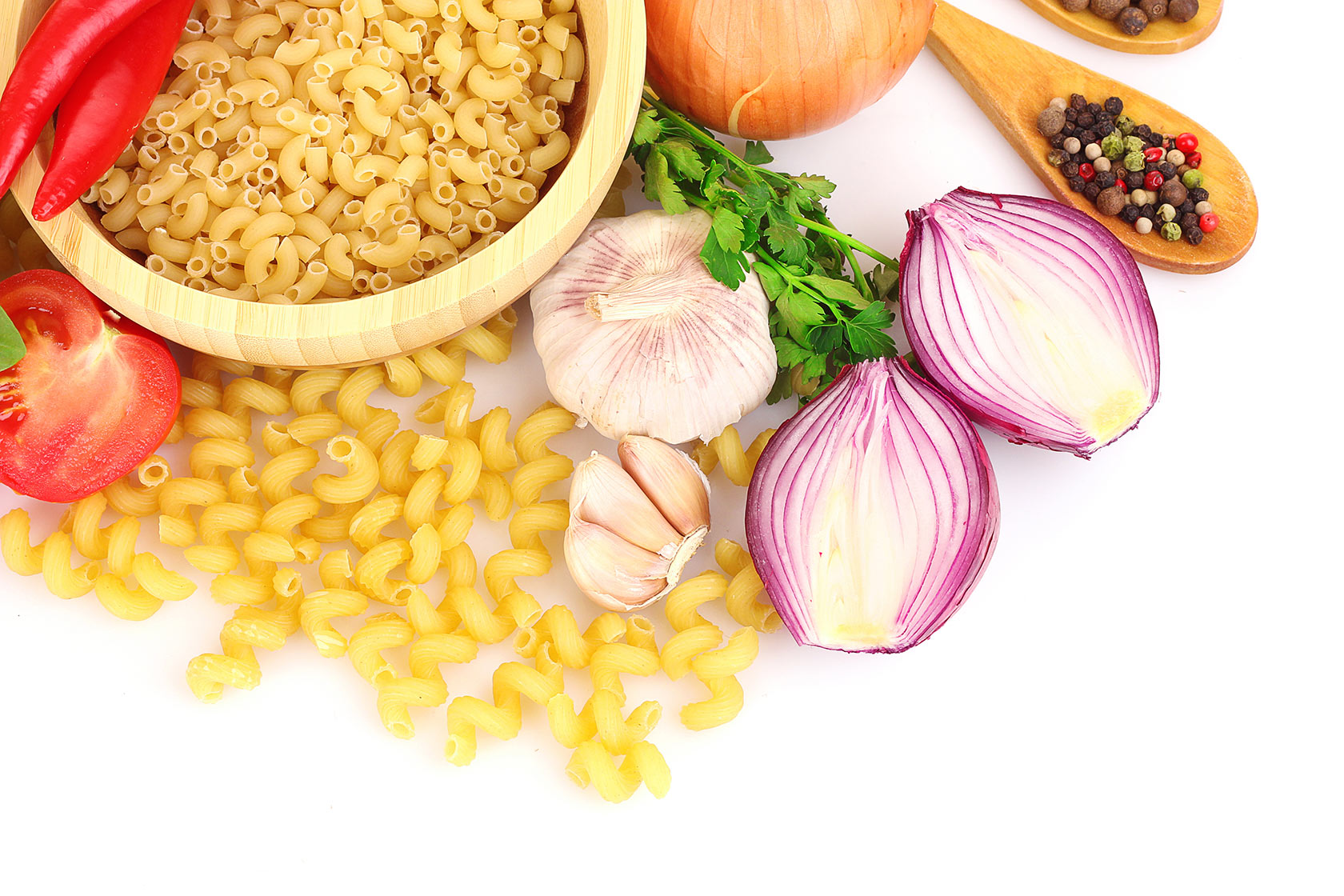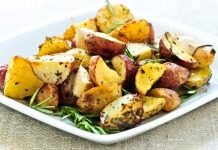Html code here! Replace this with any non empty text and that's it.
I have been on elimination diets since I was about 20 years old and I’ve come to understand 1 thing – it’s the wrong wording! It all comes down to perspective – If it was called an “all you CAN eat diet” emphasis on the CAN we probably would feel a tad more excited at having a custom planned diet. If it was called an “eliminate pain diet” we probably would feel excited about saying goodbye to our pain and symptoms.
However most people including me, immediately think about the foods you can’t eat as to the foods you can eat. The same was true when my daughter, who after being diagnosed with fructose malabsorption as well as amine and salicylate sensitivities and who was already gluten free and dairy free then had to eliminate specific vegetables, fruit and specific grains as well as coconut milk and cream,nuts, herbs and spices. My head spun and so did hers.
So to help anyone else through the process of elimination diets here’s a few tips to fast track through the first 2 weeks. In my experience it takes about 2 weeks to get into a rhythm.
Tips for surviving the first 2 weeks of an Elimination Diet
- How many people are doing the elimination diet – Decide whether you will cook separate meals for the person/s who are on the elimination diet or whether all the family will eat the same. In my experience it is far easier to make a family meal all based around the elimination diet than make more than 1 meal. For exceptions I may add to the meal like cook pasta for those who can eat it or cook white potatoes as well as sweet potatoes but in general I cook one family meal.
- Type up a fridge/pantry/shopping list on the day that you get home from XYZ with your elimination diet. Write up what you have that is still on the diet and eliminate out of the fridge or pantry what is not on the elimination diet. Some exceptions to this are to have a separate cupboard/pantry to store foods that are not on the elimination diet. Snacks, bags of chips, sweets, chocolate, crackers, sauces etc that other members of the family can still have and you don’t necessarily want to deprive them of. This will depend on your or the person in question’s ability to not crumble at the first sign of a piece of chocolate. Eg. when I was on the 12 month 1st phase of the Body Ecology diet, my entire family did it with me – down to not having any conventional snacks or sweets. I simply could not cope with having those foods in the house for the first 6 months at least. If they wanted those foods they needed to go buy them separately or on a trip out that involved having a treat. I got very few complaints, although often found chocolate or ice cream wrappers on the floor of the car. NB an important note is that while you want to save yourself time and be efficient with meals and cooking, you also don’t want to eliminate whole food groups, especially for those who don’t have the same health issues. This is probably more crucial if you have children as their growing bodies need many nutrients and a balanced diet to keep them up and going. I had to go from buying some foods, especially dairy, in bulk quantities to buying smaller amounts that would suffice for those who could still eat it.
- Once you have your list of foods that can be eaten – toss out or hand on eliminated foods to neighbours, relatives or friends. Many friends have been the recipients of my many purges of wheat, dairy or other canned or bottled foods that are all of a sudden off the list.
- Now add to your shopping list, all the foods that you need to or allowed to supplement with that maybe are not in your fridge or pantry. egs. almond milk or rice milk. Rice syrup or glucose powder instead of sugar or honey. Alternative grains such as quinoa, buckwheat or brown rice instead of white rice. Do a stock take on herbs, spices and suitable condiments that can make or break an otherwise plain and tasteless dish.
- Work out which shops you need to go to. Many foods you may now have to purchase may come entirely from the health food store as they aren’t available in the supermarket aisle. Some foods you may now have to buy organic. Find out if you can purchase them from the organic section at your supermarket or from the health food store. It’s handy if you know in advance how many stores you have to visit on shopping day so that when you come to cooking time you are not then completely stuck for ingredients that you can or can’t substitute for.
- Make up a recipe folder – either using recipes from the net, books related to food intolerances or from your practitioner. Often practitioners who specialize in helping with digestive disorders and food intolerances have some recipes that they hand out as part of the consultation. I will be putting up some new recipes soon for fodmap, fructose malabsorption and amine sensitivity.
- Having a menu for at least a week in advance will make the first 2 weeks much easier if you don’t have to think about what you are going to eat but rather can read from a daily menu. Make sure it includes 3 meals including optional snacks or 6 small meals per day.
- Having a supplement chart next to your menu is also helpful. Most likely you will be given supplements purely because a body that doesn’t absorb or digest properly is usually malnourished or depleted in certain vitamin and minerals. If your dosage is written up with the amounts and times of day, this will also alleviate any stress by not having to be constantly thinking what has to be taken when.
- Portion sizes now become more important as digestion issues rely heavily on smaller meals and specific amounts of certain foods. Being able to grab 1/4 cup of nuts or 2 tablespoons of shredded coconut may be easier if you portion out the required amount into snack bags and keep in the freezer or pantry.
- One of the biggest changes that will take place will most likely be the replacement or choice of specific carbohydrates in the diet. As many disorders and food intolerances are impacted by wheat and dairy, it often leaves a huge hole in your daily routine for meals or on the go snacks. This has been a slow process for me to get my head around what to always have on hand in the fridge for myself and my daughter to snack on. Having a store of seeds, some nuts, carob fudge (homemade) and frozen berries and or bananas and suitable muffins in the freezer have been a lifesaver at those times when a snack attack is prevailing.
- Finally, coming to the understanding that almost all meals will have to be cooked from scratch in your own kitchen isn’t an easy one. For myself, who has cooked for years in preference to going out for a meal or take away, the last couple of months has left me a little bereft. I’ve never found the task of cooking so arduous as I have in the last little while. Some people fair much better on cooked food than raw ie- salad vegetables and cold cuts. Therefore steaming, roasting, pan frying all become a regular habit for every meal almost every day. Suddenly breakfasts are cooked, lunches are steamed and dinners are roasted. Meats are needed at most meals and sometimes even for in between.
Remember – You won’t be on an Elimination Diet forever!
I know that I have an advantage over many mothers that work outside the home as well as various other commitments, making it harder for them to keep up a supply of homemade meals and snacks. I would never ever want to give the impression that cooking from scratch is the be all and end all and if we don’t follow that method than somehow we are not deemed as caring or nurturing. On the contrary caring and nurturing come from using whatever resources you have available and creatively pulling them together for the best for your family. You may have a network of relatives or friends that you can “food pool” with other likeminded souls, providing you with a selection of freshly cooked meals on a regular basis.
There are also many home cooked meals available for home delivery these days that sometimes will take specific diet requests for their customers. But no matter which way you go there is no way of getting around the fact that most elimination diets do not incorporate highly manufactured and processed meals and snacks. A weekly “cook up” might be an alternative for those who are busy at work all week and making enough for 2 or more meals at once will definitely give you time out of the kitchen.
In my next article I’ll show you a really efficient use of poached chicken and 3 ways to use it.
Hope this article was useful. Don’t forget if you have any questions then leave them in the comment section below. If you have any tips for managing a elimination diet I’d love to hear from you.
You can find more information about the Body Ecology Diet here































